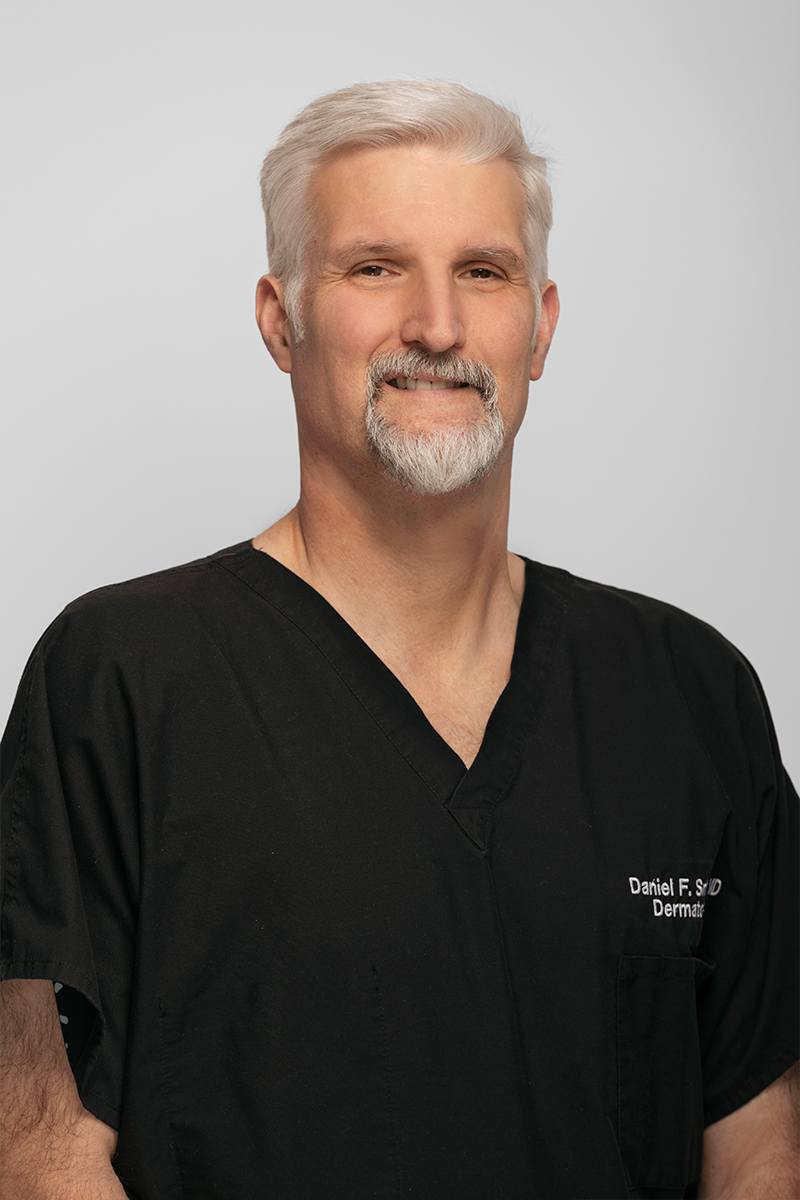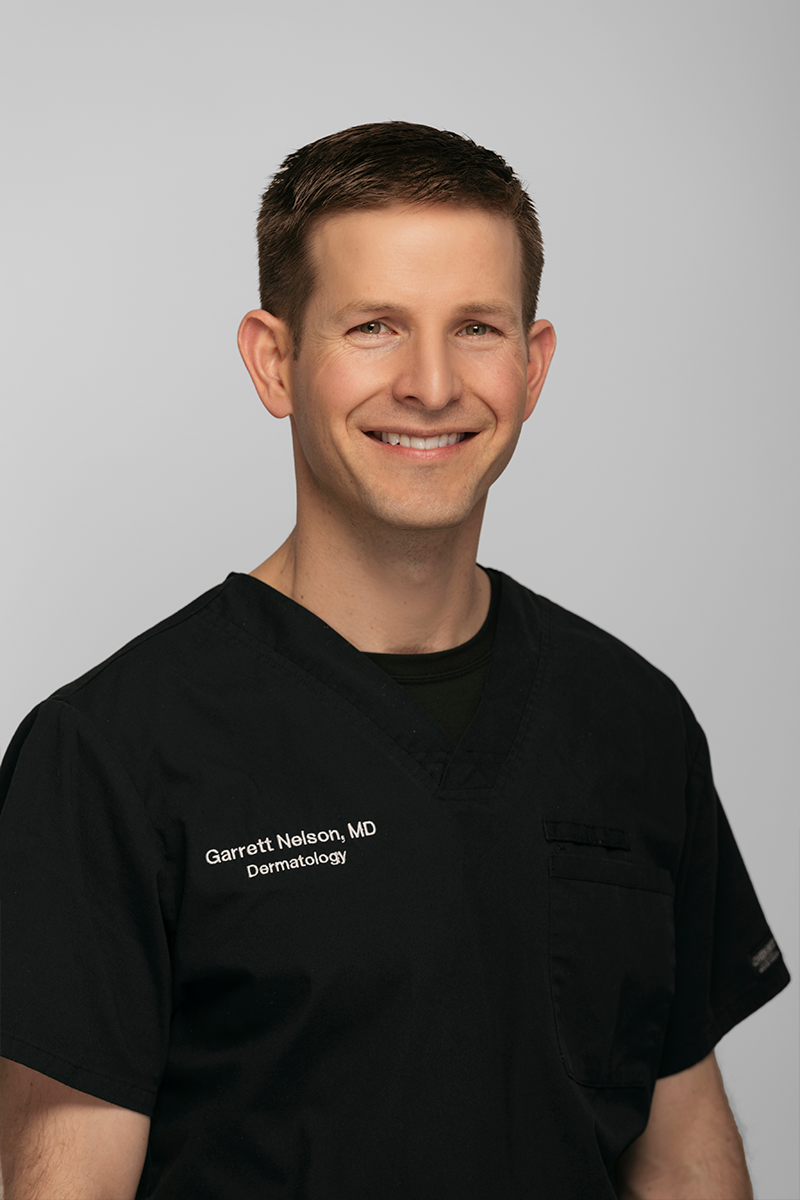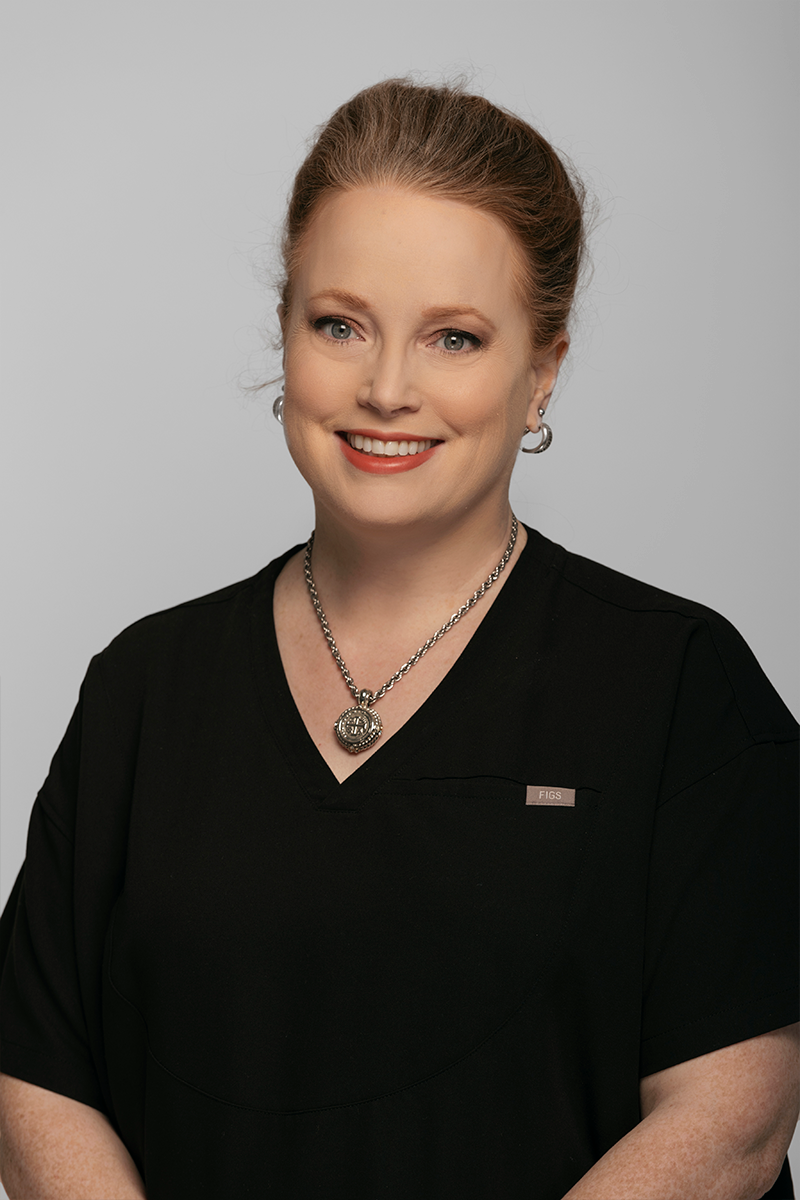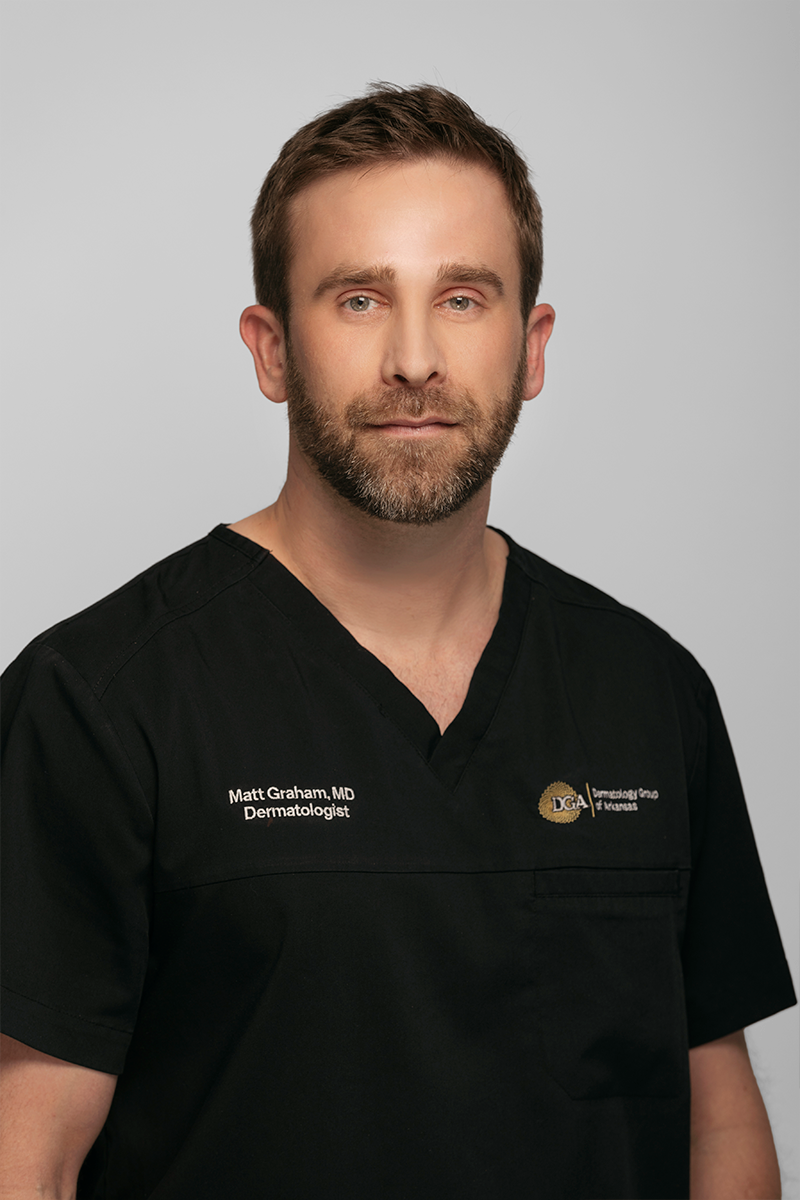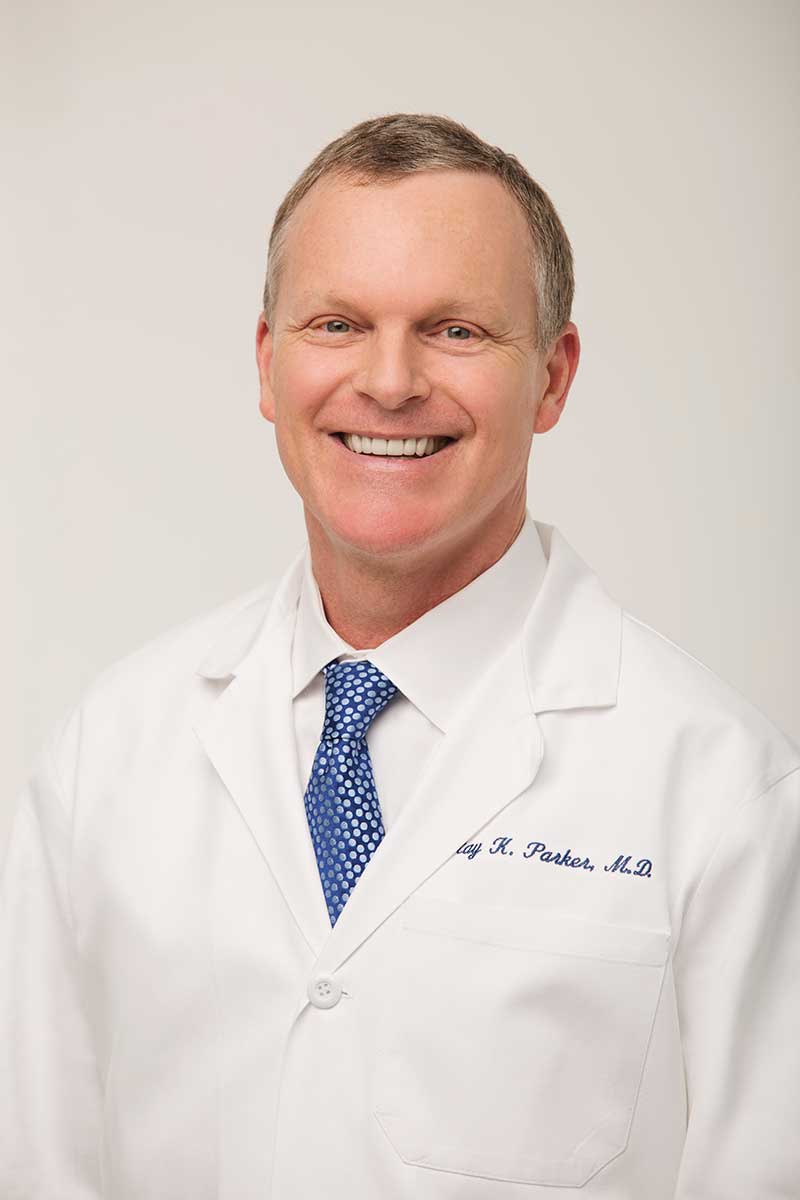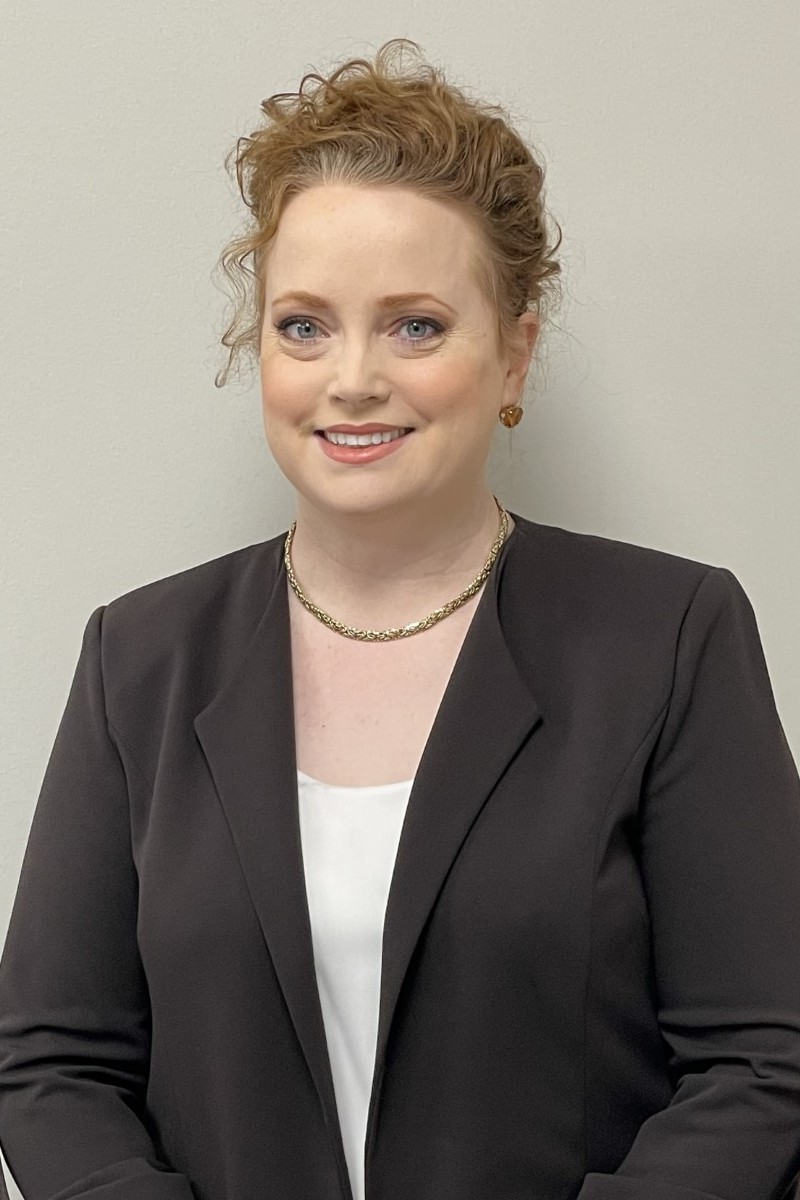BOTOX®
Restore a More Youthful Appearance with Fewer Wrinkles and Lines in the Little Rock Area
FAQS
Facial wrinkles can make you appear tired or angry when you’re not, or older than you are. BOTOX® in the Little Rock area is ideal for men and women who want to minimize pesky wrinkles and achieve a younger, more revitalized look. At the Dermatology Group of Arkansas, we believe that every patient deserves a personalized approach, starting with a private consultation. Our injectors are all thoroughly trained to maximize safety and highly experienced in providing results that look natural and subtle for BOTOX® in 2025, 2026, and beyond.
Contact Us Today
Learn more about BOTOX® for Little Rock, all of Central Arkansas, and beyond. Call the Dermatology Group of Arkansas at 501-227-8422 to request a consultation.

What Are the Different Types of Facial Wrinkles?
To understand BOTOX®, it’s helpful to first understand how wrinkles occur. An expressive face may allow you to show a range of emotions, but it also causes lines to develop over time whenever we smile, frown, squint, raise our eyebrows, wrinkle our nose, and so on. Muscles such as the ones that pull the eyebrows up and mouth down create what are known as “dynamic wrinkles” that can give your face an aged appearance. Dynamic wrinkles, such as forehead lines and crow’s feet, appear while are face is in motion but disappear while it is at rest.
The other types of wrinkles are known as “static wrinkles.” These are ones which are associated with other causes rather than facial muscle contractions, including a loss of collagen and elastin due to aging, sun exposure, smoking, the pull of gravity, or other factors. These wrinkles are visible on the face all the time, even when it is at rest.
Lots of people have asked, “Which types of wrinkles does BOTOX® treat?” or “Does BOTOX® get rid of all lines?” BOTOX® is only designed to work on dynamic wrinkles.
What is BOTOX® and How Does It Work?
What is BOTOX® made of? How does BOTOX® work for wrinkles? Does BOTOX® actually get rid of wrinkles?
These are among the many questions patients have on their minds when they are considering wrinkle treatments. Decades of research and study have gone into BOTOX®, leading to the discovery of many cosmetic benefits.
So, the question is, what is BOTOX® good for? Here’s what you should know about this injectable. BOTOX® is a well-known wrinkle relaxer or injectable neuromodulator that temporarily relaxes specific facial muscles to prevent wrinkles. The active ingredient that allows BOTOX® to smooth out wrinkles, a purified form of botulinum toxin, is a chemical that keeps muscles from receiving instructions to contract. When you want to make a surprised face, for example, your brain sends out signals that go to the muscles responsible for making the expression happen.
Over time, as youthful skin loses its elasticity and ability to easily return to a smooth, unlined state, routine muscle contractions cause wrinkles to develop. These lines are most visible when the related muscles pull the skin as part of a facial expression. Any muscles injected with BOTOX®, however, don’t get the message, so they stay at rest. This means you can still make the expression, but it will happen without creating age-revealing lines and wrinkles. The medicine keeps the skin at rest in specific areas so that folds and wrinkles don’t show.
Why Choose the Dermatology Group of Arkansas for BOTOX®?
It is important to understand that this is a proven safe treatment, but it is also a very powerful one. For that reason, it should only be administered by injectors who are familiar with its application and who have the proper training. Not only is choosing a qualified and professional injector who works in a clean and safe environment ideal for your health, but also for your appearance.
Our injectors understand how BOTOX® works, so they can customize the injections to your needs. The result will be a natural look that makes you appear refreshed and rejuvenated.
Which Facial Areas Can Be Treated With BOTOX®?
The FDA has approved this injectable for addressing four specific, moderate to severe signs of aging:
Forehead Lines
The forehead is a highly active area, with the skin scrunching into folds as you squint, raise your eyebrows, scowl, and more. All of these motions gradually etch horizontal grooves into the skin.
Frown Lines
Also on the forehead, but appearing between the eyebrows, frown lines develop as a short pair of up-and-down creases that resemble the number 11. They tend to show up when you make a confused or worried expression, as well as when you squint.
Crow’s Feet
Smiles, winks, and just about any expressions that move the skin around your eyes contribute to wrinkles known as crow’s feet. The fine lines start at the outside corners of the eyes and run
toward the temples.
Platysma Bands
Though they are sometimes overlooked, the neck and lower face are common areas that many patients also hope to rejuvenate. Vertical bands connecting the jaw and neck, known as platysma bands, can make the jawline look less defined.
Off-Label Applications of BOTOX®
Experienced injectors also use this injectable to address cosmetic issues beyond these signs of aging. These are known as “off-label” applications, and they are well-researched and widely used by providers around the country. One such application is injecting it to relax the muscles that cause “bunny lines,” which are wrinkles on the sides of the nose. Another application is shaping the jawline with masseter BOTOX, which can also be used as BOTOX® for TMJ. Underarm BOTOX® can help curb excessive sweating, while downturned mouth BOTOX® can relax muscles that cause a constant frown, BOTOX® under the eyes can address signs of aging there, and injections can create the look of a “BOTOX® eye lift.”
We can explain more about what this botulinum toxin injectable can do and determine if it is the best treatment for your aesthetic concerns when we meet for an initial consultation. Note that the FDA has also approved BOTOX® for treating migraines.

There are many uses for BOTOX® at the Little Rock area’s Dermatology Group of Arkansas. The FDA has approved the injectable for use in relaxing muscles that cause horizontal forehead lines, lateral canthal lines (known as crow’s feet), glabellar lines (known as frown lines), and platysma bands. Experienced injectors like ours can also treat other signs of aging, such as bunny lines next to the nose.
Who is a Candidate for BOTOX®?
You may also be wondering, “How do you know if you are a good candidate for BOTOX®?” or simply, “Who should get BOTOX®?” There is no one “right” age for this treatment – it all depends on your skin type and wrinkles. This injectable can be ideal for anyone who has moderate to severe dynamic wrinkles, is in good general health, and has realistic expectations for improvement.
How Do You Prepare for BOTOX®?
This injectable requires very little preparation but to minimize the chance of bruising, we may recommend that you avoid taking any blood thinners that aren’t medically necessary before your appointment. You’ll start with a pre-treatment, in-person consultation to allow us to evaluate your areas of concern and go over your medical history. Be sure to tell us about any medications or supplements you are taking.
Meet Your Doctors
Meet Your Doctors
Meet Your Doctors
What is the Procedure for BOTOX®?
Seeking “BOTOX® near me?” At the Dermatology Group of Arkansas, all our injectors take great care to make the process as comfortable as possible.
The treatment will involve multiple injections made directly into targeted muscles. These injections are typically quick and feel like slight pinches.
Patients who have concerns about discomfort during the treatment can discuss their concerns during their consultation. We can work to help reduce both anxiety and sensation in the treatment area so the procedure runs as smoothly and comfortably as possible.
Is There Any Downtime for BOTOX®?
You can expect some injection-related side effects after a treatment. Many patients experience some combination of slight bruising or swelling at the injection site, tenderness, itching, and similar effects. All of these are common and go away with no special care or attention. We will give you some instructions on how best to care for the injection site in the days after a treatment, in order to maximize your results.
Because the treatment is so minimally invasive, you do not need to plan for downtime after your injections. Not only are treatment sessions fast, but you can also return to most of your normal activities the day of treatment. We do ask that you avoid putting pressure on the injection sites for several days.
How Long Does It Take for BOTOX® to Work?
It takes some time for it to settle and the full results to show. You may be asking, “Why doesn’t BOTOX® work right away?” It typically takes about two weeks for BOTOX® injections to become fully effective. Muscle activity will slow throughout that time, with the results improving from a few days after your injections until roughly 14 days later. BOTOX® is absorbed by nerve cells when it is injected. The reason for the delay is that it takes time for this medicine to stop or weaken the muscle contractions that are causing the wrinkles to appear on the surface. You’ll know that it’s working when the skin starts to look smoother and wrinkles are fading.
How Long Do BOTOX® Results Last?
Your body will gradually metabolize the ingredient that makes BOTOX® so effective. Results can be expected to last about two to three months. At that time, you will see the ability to contract gradually return to your muscles. As they begin moving freely again, your lines and wrinkles will return.
How Do You Maintain the Best Results from BOTOX®?
If you want to maintain your results, we recommend routine BOTOX® treatments approximately every three months. This injectable is safe for repeat applications, and there is some indication that muscles can even be “trained” over time to remain more at rest. We can help you to develop a long-term plan with treatments chosen and scheduled to extend your rejuvenated and refreshed appearance. During your consultation, we can discuss frequency, cost, and other details to help you decide on the best path forward.
What Are Some Complementary Options and Alternatives for BOTOX®?
Similar to BOTOX®, Dysport® is an injectable that relaxes wrinkle-making muscles. It is FDA approved to smooth out forehead lines and contains the same active ingredient – botulinum toxin type A. These two neuromodulators are very similar and work the same way but differ slightly in terms of their dosage and results. Dysport® has a wider spreadability than BOTOX®. For broader skin areas such as the forehead, this can be an advantage.
As mentioned previously, not all wrinkles are caused by contractions. There are also folds that appear due to age-related collagen loss, like parentheses lines on either side of the mouth. Fillers in the Juvéderm® family work well on these signs of aging by adding volume beneath the skin. The restored volume makes the surface appear smoother and more youthful. Fillers can also be used to create more youthful facial contours by adding volume to hollows.
We also offer numerous skin resurfacing and tightening procedures that rejuvenate the skin, creating a more youthful appearance. Our team is prepared to help you determine which treatments would be right for you based on your goals.
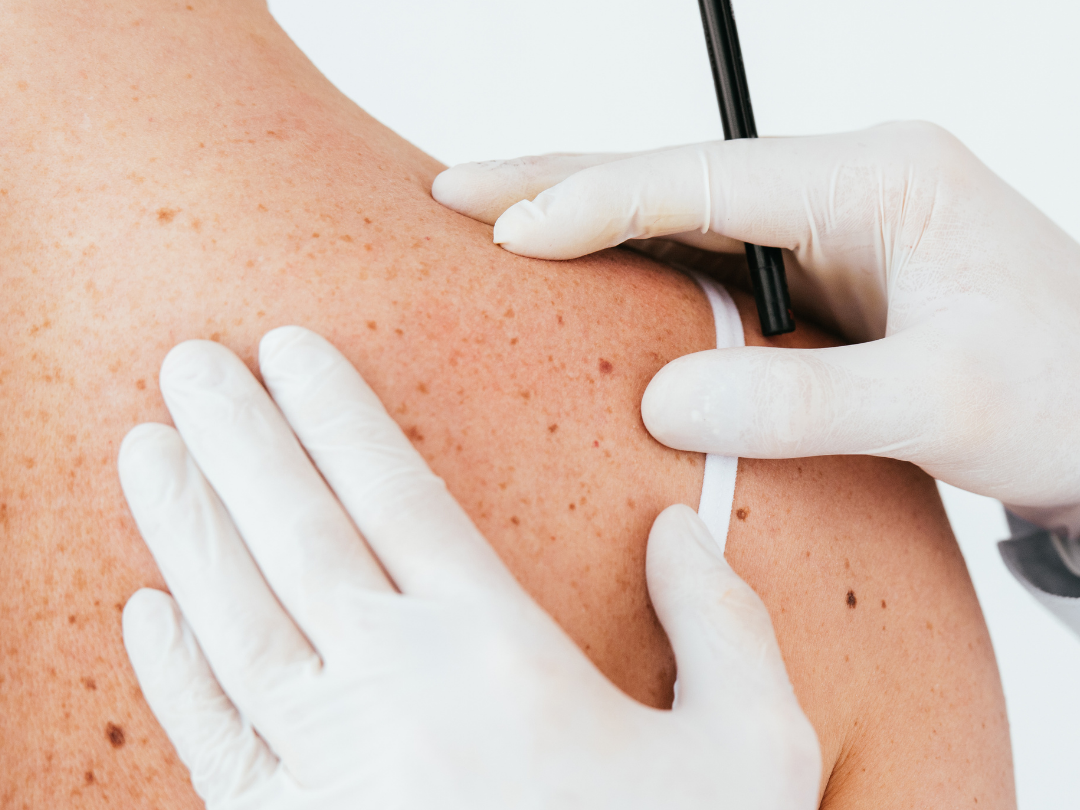
Contact Us Today
Contact the Dermatology Group of Arkansas today if you would like to discover more about BOTOX® in the Little Rock area. Call 501-227-8422.
Stay In Touch
Our team at Dermatology Group of Arkansas is looking forward to hearing from you and building a relationship to help you get your best skin possible. Follow us online, reach out to us directly to set up a meeting, or both!


